Houston station unveils new home with big video wall upgrades, some familiar elements
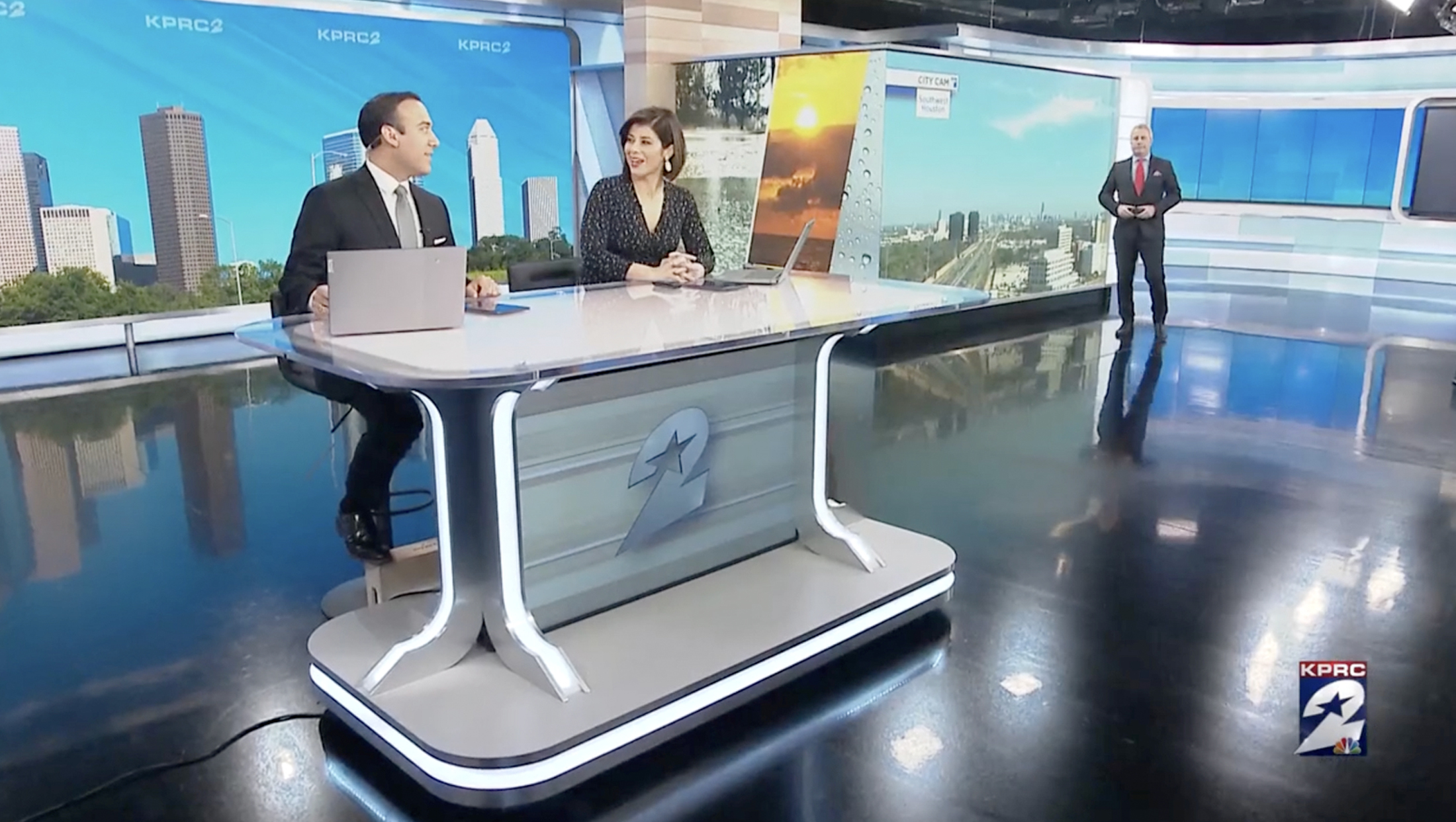
Subscribe to NCS for the latest news, project case studies and product announcements in broadcast technology, creative design and engineering delivered to your inbox.
A Houston station has debuted a new set that combines some elements from its old home, including its famous “cube,” while also packing a big boost in video walls and panels.
KPRC, the market’s Graham Media-owned NBC affiliate, debuted its updated Studio A Monday, Feb. 12, 2024 and offered previews of the new look in the days ahead.
The new set’s design is focused on giving the station distinct venues to originate various storytelling from while also giving it expanded display technology to create dynamic backgrounds and topical and branded graphics.
All told, the new set features 17,224,704 pixels across all of the displays, which were integrated by AV Design Services.
AV Design Services opted to use LED panels that leverage the new flip chip COB technology for all new displays added to the studio, which gives the station the advantage of being able to display graphics with richer blacks. The technology also results in lower heat and power consumption.
Novastar’s H-series video splicing processor was selected to drive all of the LED walls, removing the need for any other image control processor.
To create the new set, the station worked with the designer of its previous set, WrightSet, and reused the curved wall that was once the primary background behind home base, though it is now being used in a different capacity.
The existing nine 55-inch vertically mounted LCD video panels with low-profile bezels remain, though much of the original scenery surrounding it has been removed.
The venue has been designated primarily as an on-camera weather space and also includes a 100-inch Planar movable touchscreen monitor, though it’s easy to see how this space could be used for other franchises as well.
An additional 65-inch touchscreen that can pivot between portrait and landscape orientations is also available and has been dubbed “the tablet.”
Camera left of this is a new weather work area that’s been tucked mostly out of sight of the main studio area, though updates can originate from it as needed.
To the left of this, meanwhile, is the “cube,” a feature carried over from the old set but now features upgraded video panels and a larger scale.
The new cube comes in about 6-and-a-half feet tall and nearly 20 feet wide in total and its new position ensures it is prominently featured in toss shots to weather and traffic. It uses 72 LED tiles, with 36 on each face installed in a 6 × 6 arrangement.
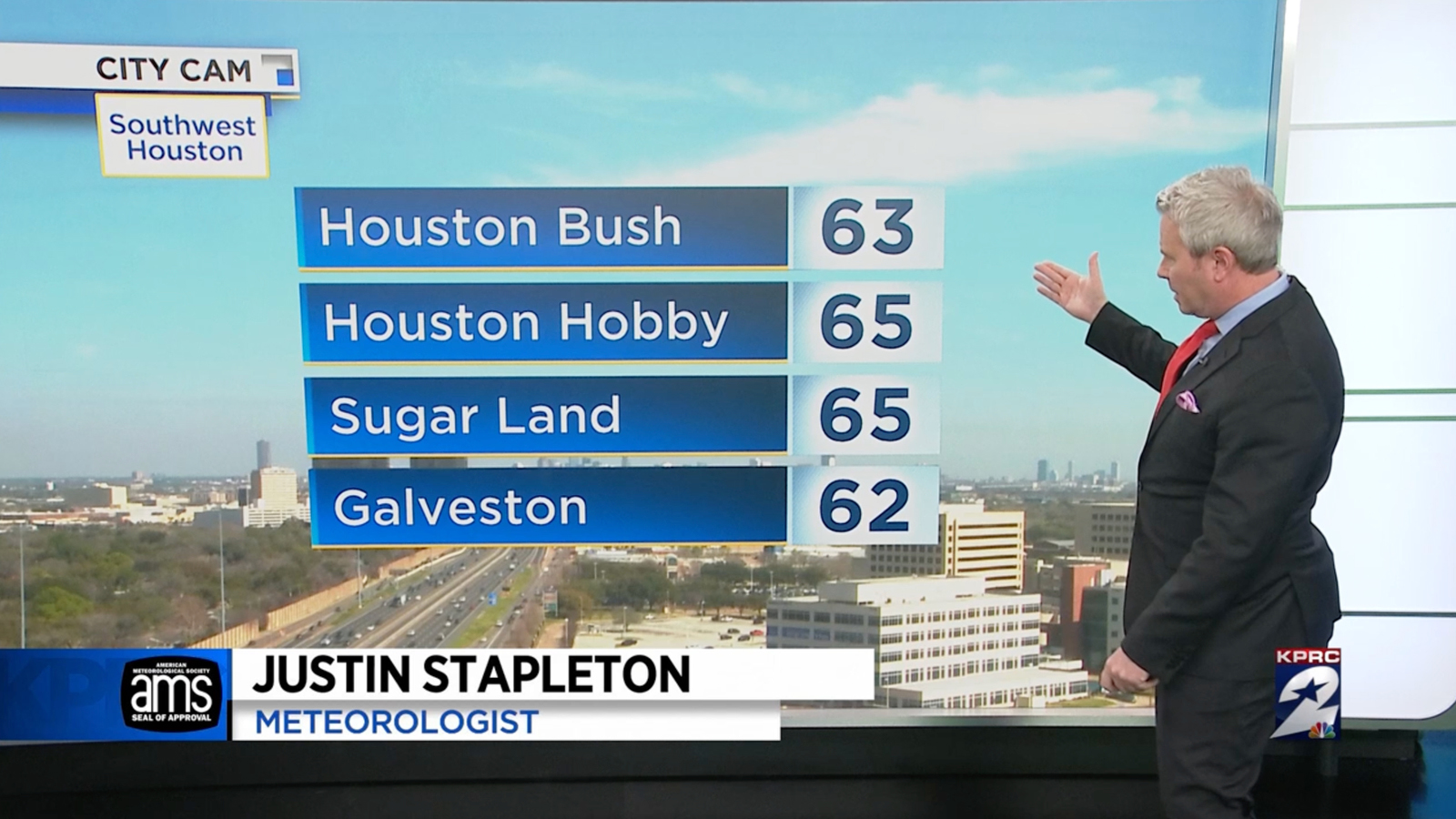
KPRC is also using the wall as one option for weather and traffic, with a traditional green screen area located within the studio being the other.
Back in 2017 when the station’s previous set was installed, the original “cube” got significant attention because of its custom-made corner that reduced the gap that would normally exist when two seamless video walls make a 90-degree turn to continue perpendicularly to the other, though in more of a convex way than the now more common video wall corner alcoves that create a more concave space.
The biggest feature of the new set, however, is a nearly 28 foot wide and 8 foot high seamless video wall created using 98 video tiles arranged in a 7 ×14 array located camera left of the cube.
Set inside of a metallic frame with curved corners, this wall has been dubbed the “BFW” by the station, which it says stands for “big feature wall” (though that “F” might have another meaning behind the scenes), a name similar to the “BAM,” or “big ass monitor,” moniker used within the industry.
KPRC appears to be using this video wall to create a traditional anchor two-shot in combination with a new mobile anchor desk. Fronted with a 55-inch video panel, the desk is raised and features vertical supports that look a bit like I-beams.
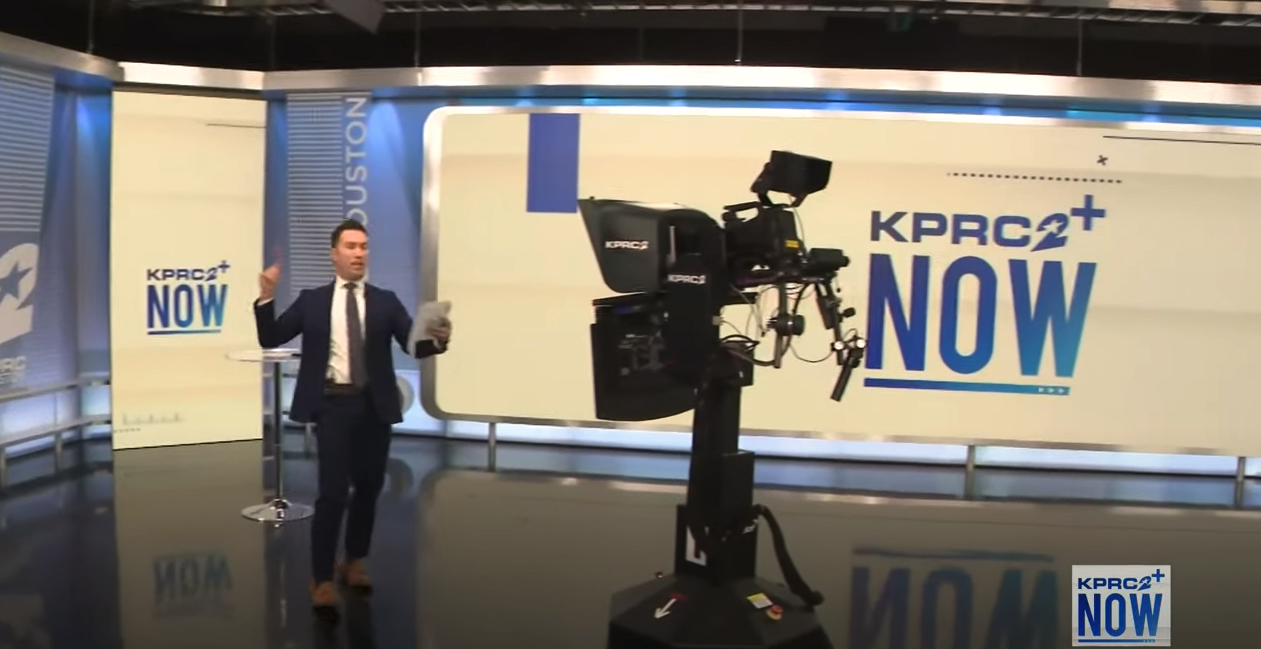
The ‘slab,’ on the left, and ‘BFW,’ on the right.
The studio also has a separate, more open venue featuring what it calls the “slab,” a freestanding LED array that comes in at just under 9 feet tall and 4 feet wide, created using 16 tiles in a 2 × 8 grid.
The slab is tucked in a corner and surrounded by a low, open knee wall, printed graphics and vertical panels with simulated frost banding and logos.
Much of the set is also wrapped in backlit panels with color-changing technology. The space also includes sections of simulated light wood in a horizontal pattern which, when combined with some of the printed background graphics, convey some of the linear look the old set featured, though it’s not nearly as strong of a design element.
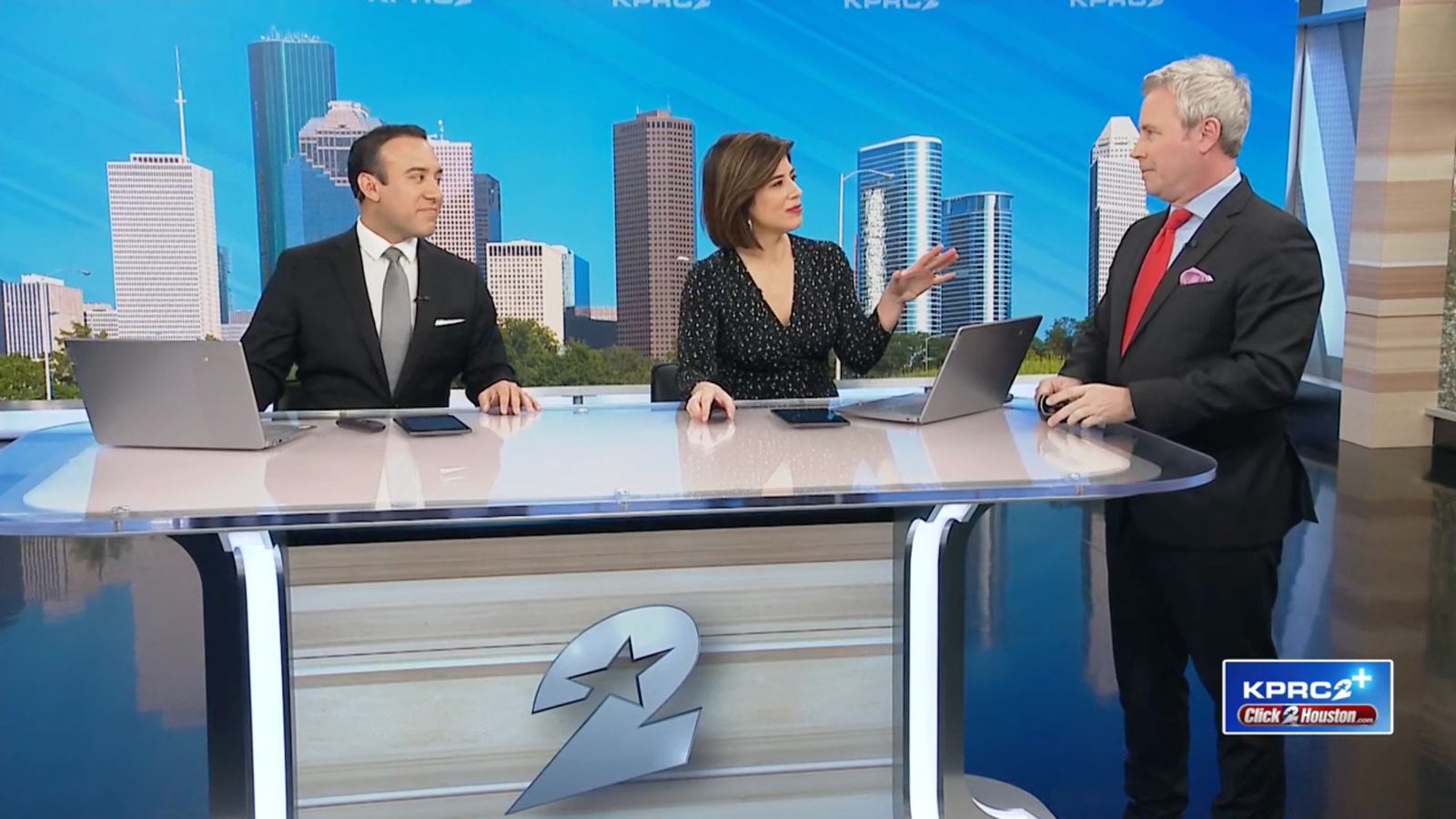
The station also attempts to simulate the wood look on the front of the anchor desk.
Other carry-overs from the old set include a variety of internally lit column elements.
Subscribe to NCS for the latest news, project case studies and product announcements in broadcast technology, creative design and engineering delivered to your inbox.



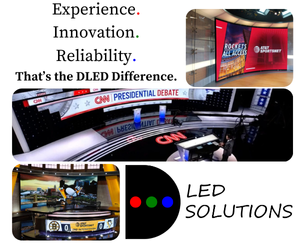

tags
AV Design Services, Graham Media Group, houston, kprc, NovaStar, Planar, WrightSet
categories
Broadcast Business News, Broadcast Design, Broadcast Industry News, Heroes, Local News, Set Design